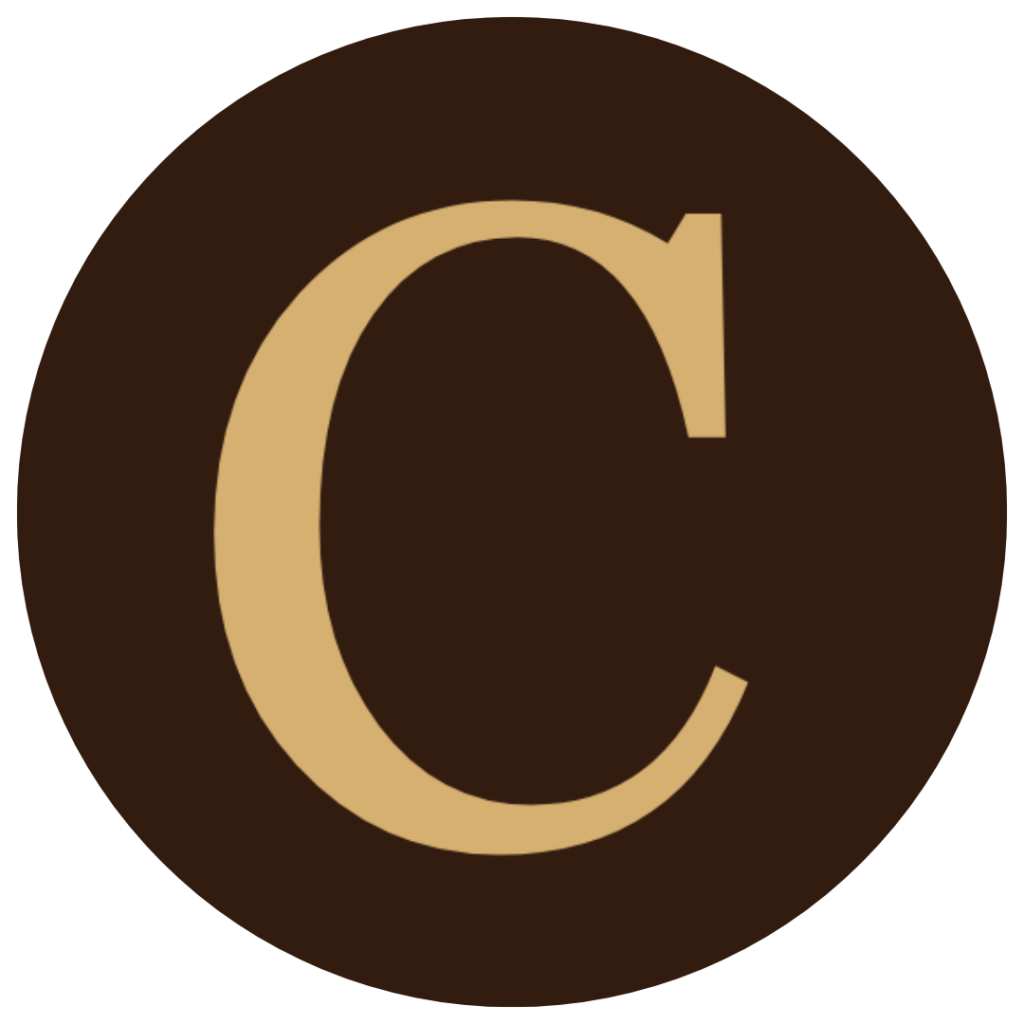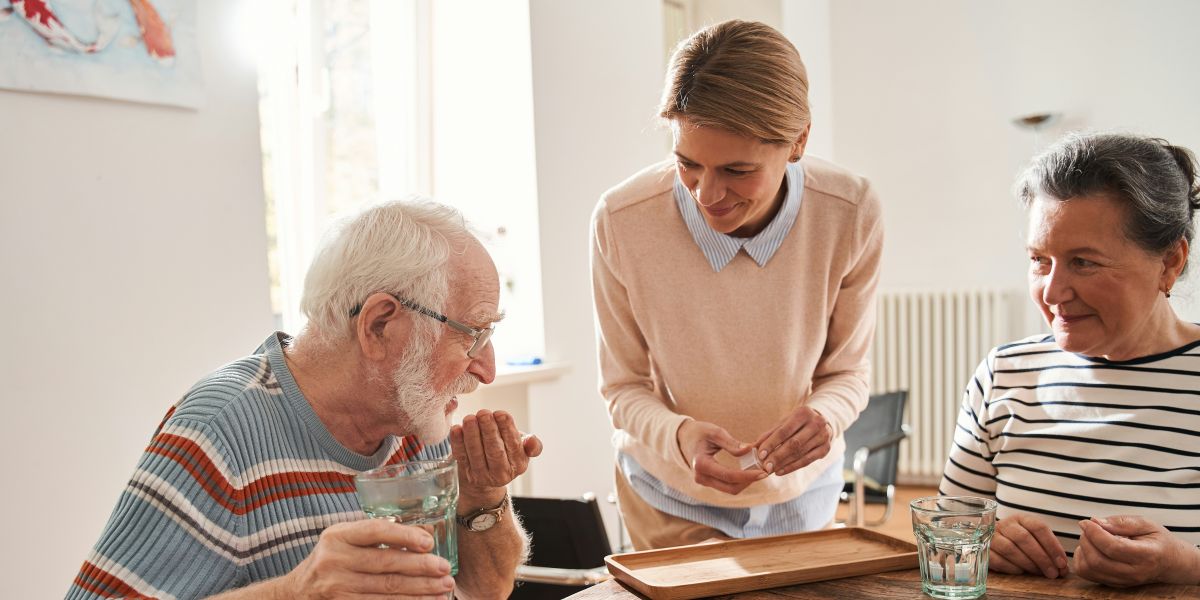Image Commercially Licensed from: Unsplash
Cupping therapy is a traditional medical practice used for centuries in various cultures worldwide. Rooted in traditional medicine, cupping involves placing cups on the skin to create suction, which promotes healing and alleviates pain. This therapy has gained popularity recently, garnering attention for its potential health benefits and incorporation into holistic wellness practices.
Background information in history
Historically, cupping has been utilised to treat and enhance blood flow in several illnesses, such as seizures, neck and back pain, and migraines. Originating in China, communities in Egypt and the Middle East have accepted this alternative therapy.
Fundamentals and methods
Cups made of glass, silicone, or bamboo are applied to particular body parts as part of a cupping therapy. These cups use suction pumps or heat to provide suction. To increase blood flow and relieve tense muscles, the suction pulls the skin and superficial tissue layer into the cup.
How does one go about cupping dubai?
Your exposed skin is covered with warm to hot cups to create a vacuum evacuation effect. The suction helps to promote blood flow in part.
There are two methods for cupping: wet and dry. During these procedures, your therapist will fire flammable objects like paper, booze, or herbs to heat the cups applied to your skin. Your skin rises and turns red due to the suction from warm to hot cups. Ultimately, this allows your blood vessels to enlarge.
How does cupping therapy dubai work?
The exact mechanism by which cupping lessens discomfort and symptoms of sickness is currently being studied. Not much research has been done on the therapy.
The fluid is suctioned from the cupping and placed into the treatment area. This suction force causes the tiny blood vessels under your skin, called capillaries, to expand and burst. Your body restores good blood circulation to the cupped areas and encourages normal and adequate restoration at the cellular level. Because of this result, some individuals think that cupping cleanses pollutants.
Among the techniques for cupping are:
- Dry: The interior of each cup is heated by your supplier. The conventional technique is lighting a cotton ball soaked in alcohol on fire. The hover is caused by the heat forcing gas out of the cup. A more contemporary method includes emptying the cups of air using a suction mechanism. Your skin is drawn upward into the cup by the vacuum force.
- Running: It’s comparable to dry cupping. Your physician will apply oil or lotion to your skin before starting. After the cups are in place, they will carefully slide them over the afflicted portion of your body in various directions.
- Bleeding: Your healthcare professional delicately punctures your skin with a needle before applying the cups. This makes it possible for the suctioned blood trapped in the cup to release toxins.
Health benefits and purported effects
Advocates of physiotherapy clinic in dubai claim various health benefits, including:
- Pain relief: Cupping can alleviate muscle pain and promote relaxation by increasing blood flow to affected areas.
- Inflammation reduction: It’s thought to help decrease inflammation and improve overall blood circulation.
- Detoxification: Proponents suggest cupping can eliminate toxins and impurities from the body through the skin.
However, there is little and sometimes conflicting scientific data to back up these assertions. A more thorough study is required to confirm cupping’s efficacy before it is widely used in medicine, despite some studies’ suggestion that it may provide momentary alleviation for specific diseases.
What to anticipate following a cupping
Your skin’s capillaries, microscopic blood vessels, are ruptured by the suction force of cupping. The red, spherical cupping treatment markings on your skin should go away in a day or two. Even though these markings resemble bruises, they are not actual bruises that cause damage to muscle fibers.
Questions to put to your physician initially
Before beginning cupping therapy or any other kind of complementary or alternative treatment, see your physician. Additionally, have a lengthy discussion with your cupping therapy before doing it. Question:
- For what circumstances does cupping get used?
- What kind of training do you have?
- How has it worked for you in the past?
- Am I currently receiving the recommended course of care for my condition?
- Is there any reason why I shouldn’t receive cupping?
Current developments in the use of cupping therapy
Numerous years of research have demonstrated the potential benefits of cupping, including reduced muscle stiffness, improved local blood supply, and reduced muscle soreness. The terrible, excruciatingly painful condition known as “nocturnal leg cramps” has also been demonstrated to recover. Combining several cupping therapy methods may benefit a variety of illnesses.
Published By: Aize Perez









